Results
-
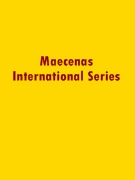 £92.50
£92.50Metropolis (Concert Band - Score and Parts) - Gorb, Adam
Gorb's arresting, chilling evocation of life next century, its hypertension, dehumanisation and motorway culture is already a classic. Technically demanding and not out of place in the repertoire of professional groups, Compulsive listening.Duration: 14:15
Estimated dispatch 7-14 working days
-
 £64.99
£64.99Wyndham Marziale (Concert Band - Score and Parts) - Curnow, Paul
The musical heritage of the United States is rich with folk songs from across the country. We can understand a great deal about society, culture and traditions through these folk songs. The folk tune used in this work has had many lives, from early church singing to pub songs to a marching song.Duration: 2.00
Estimated dispatch 7-14 working days
-
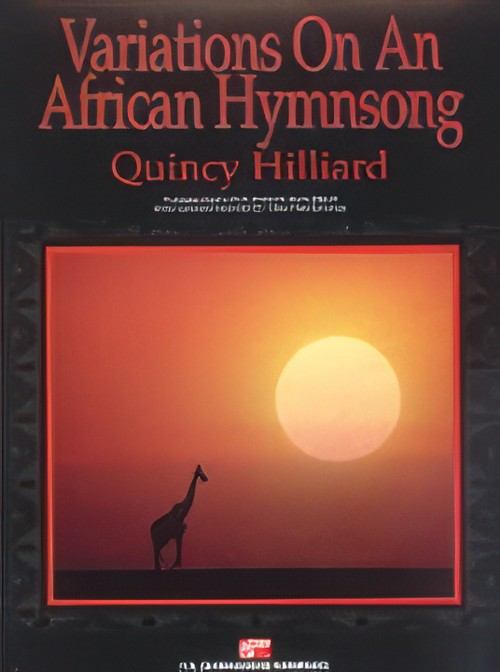 £76.00
£76.00Variations on an African Hymnsong (Concert Band - Score and Parts) - Hilliard, Quincy
Exciting music based on a Nigerian folk hymn, Quincy Hilliard's setting is perfect for contest or concert use. Interesting harmonies, beautiful tone colours and driving polyrhythms all combine to make this a very appealing selection, especially for groups with large percussion sections. Give your students a glimpse of music from another culture rarely heard or performed by wind bands. Truly Exceptional!Duration: 6.00
Estimated dispatch 7-14 working days
-
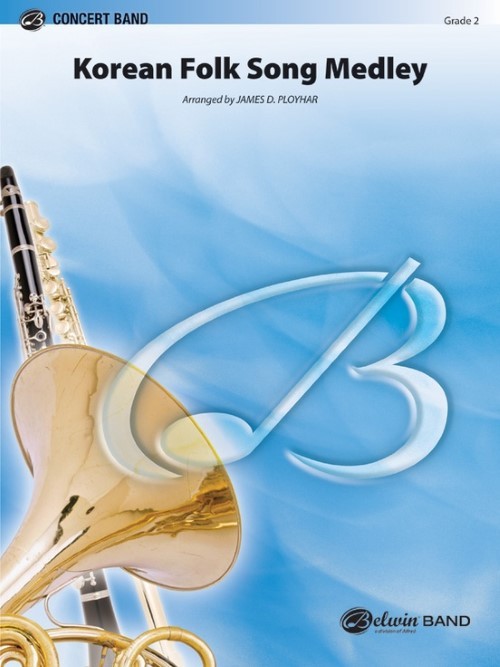 £64.50
£64.50Korean Folk Song Medley (Concert Band - Score and Parts) - Ployhar, James D.
Three delightful Korean folk songs provide a musical visit to another culture. This work is tailor-made for audience and player enjoyment. Program this one at any time of the year to broaden melodic and harmonic experiences.
Estimated dispatch 7-14 working days
-
 £244.99
£244.99Brabantia Aeterna Wind Band Set (Score & Parts)
In 2006 Brabant will be celebrating it's 900th anniversary. On May 13th 1106 the count Van Leuven was appointed duke of Brabant. This was the birth of the duchy of Brabant. For centuries this duchy, situated in the heart of the Netherlands, was the primary of the seventeen provinces in the Lowlands. Brabant formed with it's capital cities Brussels, Leuven, Antwerp and 's-Hertogenbosch the focal point for politics, culture and economy. The revolution against Spain (1566-1648) caused a fracture between the North and South. The old duchy was divided into a Dutch and Belgian part. Even though each had their own historical background, the bond forged in the past was partially kept alive. To this day we still have a duke of Brabant. Brabantia Aeterna takes you on a musical journey through 900 years of Brabant history. A fascinating journey portraying war and peace, love and grief, prosperity and adversity, development and deterioration. Listen to how monks chanted, bells tolled and churches were built. Or take the thirteenth and fourteenth centuries with their bustling markets, builders of cities or the bleating of countless sheep across the heather. The plague, tribulations, soldiers and political bickering in the following centuries. Hear how the industrialisation of the nineteenth and twentieth centuries provided prosperity for the region and how to this day the following saying still applies: 'the road to Brabant leads to a warmer world' Brabantia Aeterna was commissioned by the Brabantse Bond van Muziekverenigingen (Brabant Music Society) in honour of its fifth anniversary. 17:00
Estimated dispatch 7-14 working days
-
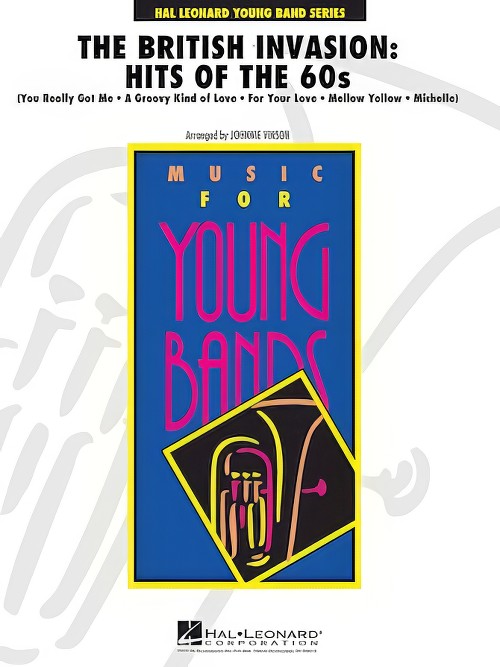 £64.99
£64.99BRITISH INVASION, The: Hits of the 60's (Young Band) - Vinson, Johnnie
Placing an indelible stamp on the face of American pop culture, the invading British groups of the 60's created some of the most memorable tunes of that decade. This medley includes: You Really Got Me (Kinks), A Groovy Kind of Love (Mindbenders), For Your Love (Yardbirds), Mellow Yellow (Donovan), and Michelle (Beatles).
Estimated dispatch 7-14 working days
-
 £134.99
£134.99Dublin Pictures (Concert Band - Score and Parts)
Ireland is a multi-faceted country that has developed a popular and distinctive musical culture. The first movement of Dublin Pictures reflects Irish festivals where there is dancing and traditional beer flowing. More tranquil in its feel, the second movement illustrates the landscape that can be seen from the Ha'penny Bridge, a bridge that crosses the River Liffey in Dublin. This movement highlights the wide range of the orchestra's sound colours as the musicians' voices combine with the wind and percussion to accompany the soloist. The lively and joyful rhythms of the last movement take the listener to Temple Bar, the famous tourist quarter of the city, well known for its vibrant nightlife. The music's energy and virtuosic motifs are in contrast to the previous movement and provide a spirited and festive finale.Marc Jeanbourquin wrote this piece in three movements for Azimuts Brass in 2011. He then arranged it for Concert, Fanfare or Brass Band 07:45
Estimated dispatch 7-14 working days
-
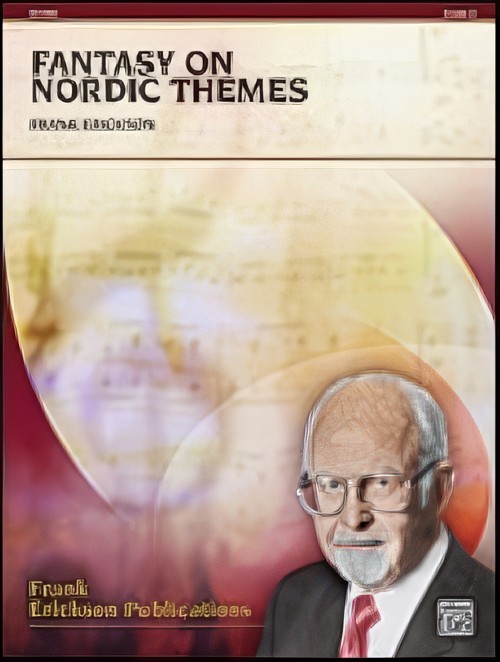 £54.95
£54.95FANTASY ON NORDIC THEMES (Concert Band) - Erickson, Frank
In western culture the richest heritage of folk music is undoubtedly of British origin. Even our American folk songs owe much to this tradition and the same can be said of Nordic (Scandinavian) folk songs as well. The origin of folk songs is quite similar throughout all of Scandinavia. This is a comprehensive designed "folk music" tune that generally covers peasant songs and instrumental pieces which have survived from earlier times.
Estimated dispatch 7-14 working days
-
 £104.99
£104.99Farewell Medley (Concert Band - Score and Parts)
While it can be fairly easy to select a musical piece for the beginning of a concert, the search for a proper closing piece can sometimes be more difficult. Helping to fill this gap was Stefan Schwalgin's motivation for this Farewell Medley. In this piece he has woven four world-famous folk tunes from the Anglo/Irish/Scottish culture (Danny Boy, Amazing Grace, The Last Post and Auld Lang Syne) into a high-quality arrangement that allows the band to display its full range of colours at the end of any concert. 05:50
Estimated dispatch 7-14 working days
-
 £53.46
£53.46Fiesta La Vida
Written in tribute to a young musician who loved his Mexican musical heritage, Robert W. Smith has created this concert/festival work that will be a standard in the young band repertoire. Inspired by classic band literature as well as the unique flavors of the Mariachi culture, Fiesta La Vida is a celebration of life and music. The infectious rhythmic figures combined with the melodic and harmonic effects will make your developing band sound mature and at their absolute best!
Estimated dispatch 7-14 working days
